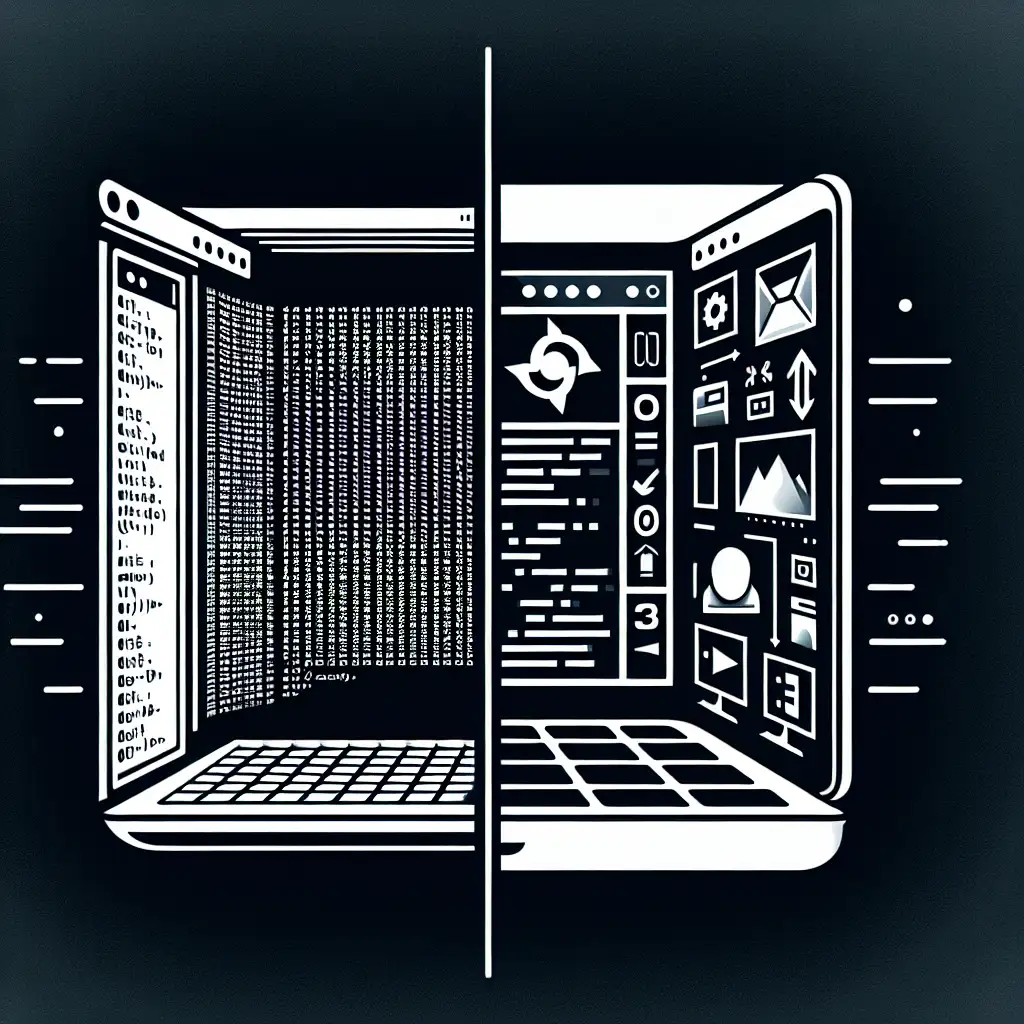How To Install Ubuntu Desktop on Ubuntu Server
The need for a desktop environment sometimes emerges well after provisioning a headless Ubuntu Server—usually when GUI-driven tools, direct web browsing, or graphical IDEs become essential. Reinstallation is overkill; a precise package install is all that’s required.
Core problem: Retrofitting a GUI without disrupting existing workloads or redoing configuration.
System Requirements
- Ubuntu Server 20.04 LTS or later (64-bit, as GNOME is not maintained for 32-bit).
- Reliable broadband internet (installation size varies from ~1GB to 2.5GB depending on DE).
sudoor root privileges.- Direct console access or remote shell (SSH/VNC).
- At least 2 CPU cores, 4GB RAM for GNOME Desktop. Lower-spec options available (see below).
1. Synchronize Package Repositories
Delayed package indices are a frequent source of dependency conflicts.
sudo apt update
sudo apt upgrade -y
Note: On production systems, consider unattended-upgrades for security patches.
2. Select a Desktop Environment
Full GNOME Desktop (ubuntu-desktop) is common, but pulls hundreds of ancillary packages.
Installation matrix:
| Environment | Command | RAM | Disk | Notes |
|---|---|---|---|---|
| GNOME (default) | sudo apt install ubuntu-desktop -y | ~2GB | ~2GB | Browser, suites |
| GNOME Minimal | sudo apt install ubuntu-desktop-minimal | ~1.5GB | ~1.5GB | Fewer presets |
| XFCE (Xubuntu) | sudo apt install xubuntu-desktop -y | ~1GB | ~1.3GB | Fast, lightweight |
| LXDE (Lubuntu) | sudo apt install lubuntu-desktop -y | ~512MB | ~1GB | For low RAM |
Trade-off: GNOME’s full stack gives you Snap, GDM, and office tools—but also eats disk/RAM. XFCE/LXDE are fast but less featured.
For GNOME Desktop (example):
sudo apt install ubuntu-desktop -y
3. Configure Default Boot Target
By default, Ubuntu Server uses multi-user.target (no GUI). Switch to graphical login:
sudo systemctl set-default graphical.target
This triggers GDM3 or relevant display manager on next boot.
Reboot:
sudo reboot
4. Headless Operation & Remote Desktop
No physical display? Direct login via SSH, but for GUI access—RDP is generally the least problematic.
Install xrdp:
sudo apt install xrdp -y
sudo systemctl enable xrdp --now
- Default port: 3389.
- Test with:
mstsc.exe(Windows),remminaorrdesktop(Linux).
Known issue:
GNOME on xrdp can result in a black screen, due to Xorg authorization or .Xauthority permissions. If persistent:
-
Install XFCE as an alternative session:
sudo apt install xfce4 xfce4-goodies -y echo "startxfce4" > ~/.xsession sudo systemctl restart xrdp -
Adjust
/etc/xrdp/startwm.shif running multiple environments.
Practical note:
XRDP relays via Xorg on port 3389. If SSH tunnels are needed, use:
ssh -L 3389:localhost:3389 youruser@server
5. Verify GUI Environment / Launch Apps
Once logged in (physically or via RDP), open terminal or Activities and launch apps, e.g.:
firefox
gnome-terminal
nautilus
Check systemctl status gdm3 or lightdm if login greeter fails.
Example issue:
gdm[XXXX]: Failed to give slave programs access to the display. Try running as root.
Check user group membership (video, render), .Xauthority permissions, or try a different DE.
6. Reverting to Headless Mode
GUI environments are resource-intensive and can expose wider attack surfaces. To remove:
sudo apt remove ubuntu-desktop gdm3 gnome-shell -y
sudo apt autoremove --purge -y
sudo systemctl set-default multi-user.target
sudo reboot
Residual config and cache directories may remain in user home paths (~/.cache, ~/.local).
Summary Table
| Action | Command |
|---|---|
| Update & upgrade | sudo apt update && sudo apt upgrade -y |
| Install desktop | e.g. sudo apt install ubuntu-desktop -y |
| Set GUI default | sudo systemctl set-default graphical.target |
| Reboot | sudo reboot |
| Enable remote desktop | sudo apt install xrdp -y |
Additional Advice
- For proprietary NVIDIA GPUs, install
nvidia-driver-525prior to desktop install. Kernel taints can inhibit GDM startup otherwise. - Snap-based apps (e.g., Chromium) require AppArmor profiles often missing from server installs—review logs in
/var/log/syslogif apps fail silently. - System load increases with GUI components; monitor with
htoporglancesafter install. - Some server workloads (KVM/QEMU virtualization, Docker) run unaffected by GUI presence, but always test after major environment changes.
For advanced or containerized workloads, consider lightweight remote management solutions (sshuttle, Cockpit, Webmin) in lieu of a full desktop.
Done: Server ↔ Desktop Conversion, No Data Loss
Since GUI installation is modular, this method preserves system data, SSH configurations, and running services. Still—the fewer changes to production servers, the better. For truly transient needs, using a disposable VM remains best practice.
If you encounter Failed to start GNOME Display Manager, always check /var/log/syslog and confirm systemd targets. Or sidestep GNOME’s quirks with XFCE in critical RDP workflows.
